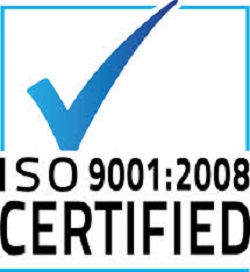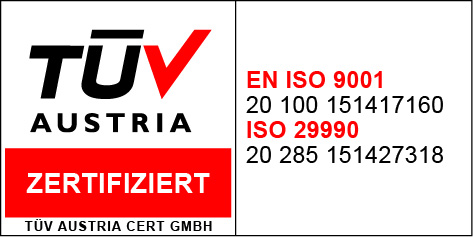


The Stock
Exchanges The largest number of different stocks and bonds traded are traded on the National Association of Securities Dealers Automated Quotation system, or Nasdaq. This so-called over-the-counter exchange, which handles trading in about 5,240 stocks, is not located in any one place; rather, it is an electronic communications network of stock and bond dealers.
The National Association of Securities Dealers, which oversees the over-the-counter market, has the power to expel companies or dealers that it determines are dishonest or insolvent. Because many of the stocks traded in this market are from smaller and less stable companies, the Nasdaq is considered a riskier market than either of the major stock exchanges. But it offers many opportunities for investors. By the 1990s, many of the fastest growing high-technology stocks were traded on the Nasdaq.
A Nation of
Investors
|
Join our Linkedin Group
The GAFM ® Board is the 1st Graduate Certification Body to Become Accredited and Certified for: ISO 9001 Quality and ISO 29990 Training in the World. GAFM ® owns the former AAFM ® Certifications and Programs
|

Home Certifications Board Recognition Requirements Providers About Contact Us Contact Apply AFAPPC GetCertifiedPPC Benefits Chartered Wealth Manager News How To Use Stock Markets Training Calendar FINRA Application Reg. Payments About Old Events CWM Training Program News UBT University Business Technology Saudi Arabia Saudi Arabia - Certification Training Programs 2017 - University Business & Technology In House Training Speakers CEO Message Chartered Certified Economist Certified Financial Analyst FINRA SEC Chartered Wealth Manager Training Verify Member Indonesia Malaysia Guides Informa GAFM Guides Jamaica Qualifying Degrees Global Advisors Membership Mission Ethics Governmental Recognition Links Handbook mfm Financial Planner Program Chartered Economist CCO Higher Institute IP List Become Provider Management Consulting Jobs AAPM TUV Accreditation CWM Chartered Wealth Manager Terms Approved Fin Analyst Degrees Copy of Certification Economics Certification Economics Degrees Management Degrees Finance Degrees Accounting Degrees Exams Renew Certification Continuing Ed Awards Sample Accreditations Honor Society Trademarks Careers Government Jobs Complaint Site Map Mentz George Mentz Lawyer Mentz George Colorado USA Speaker Consultant AFA ® Accredited Financial Analyst Certification CTEP ® Trust and Estate Certification CIPM ® Certified International Project Manager CWM ® Chartered Wealth Manager ® AMA ® Management Accountant Certification AMC ® Management Consulting Certification MMC ® Management Consulting Certification Book







